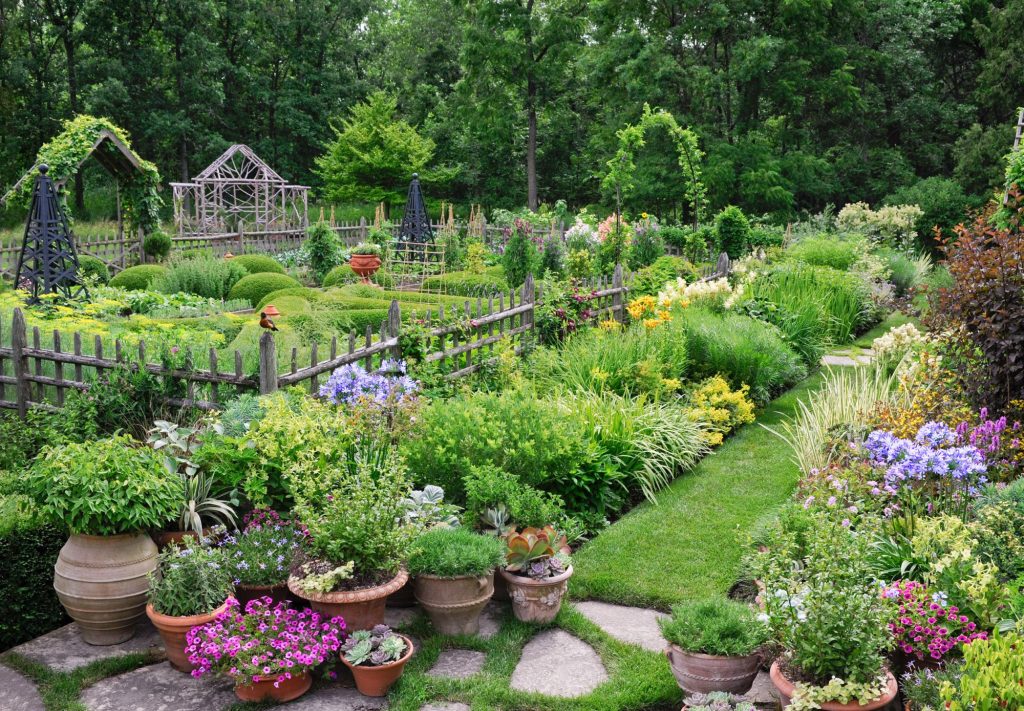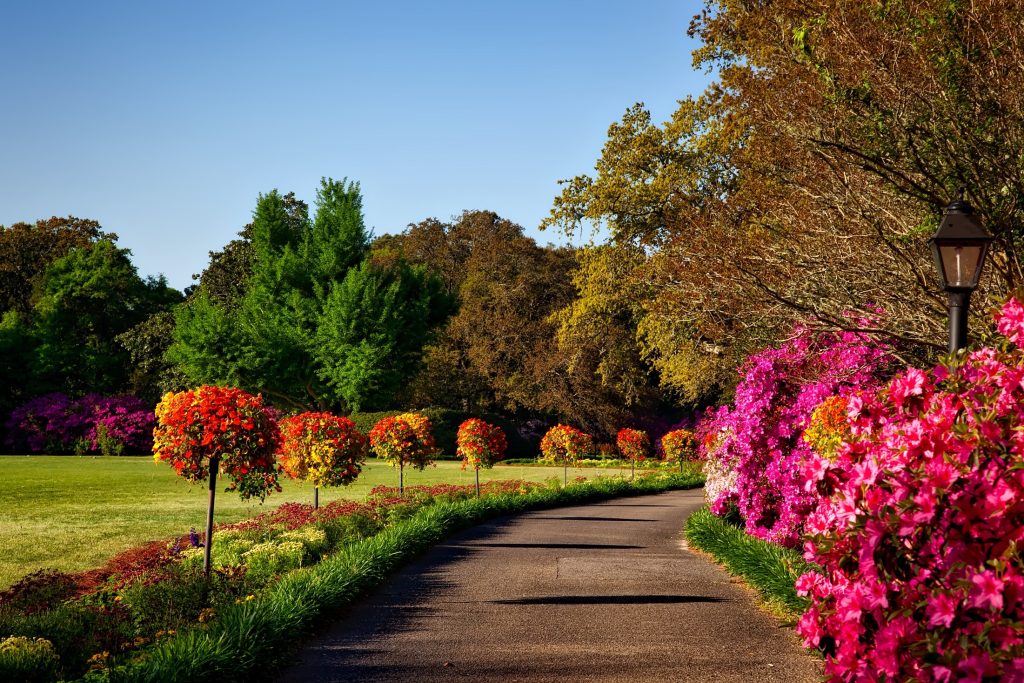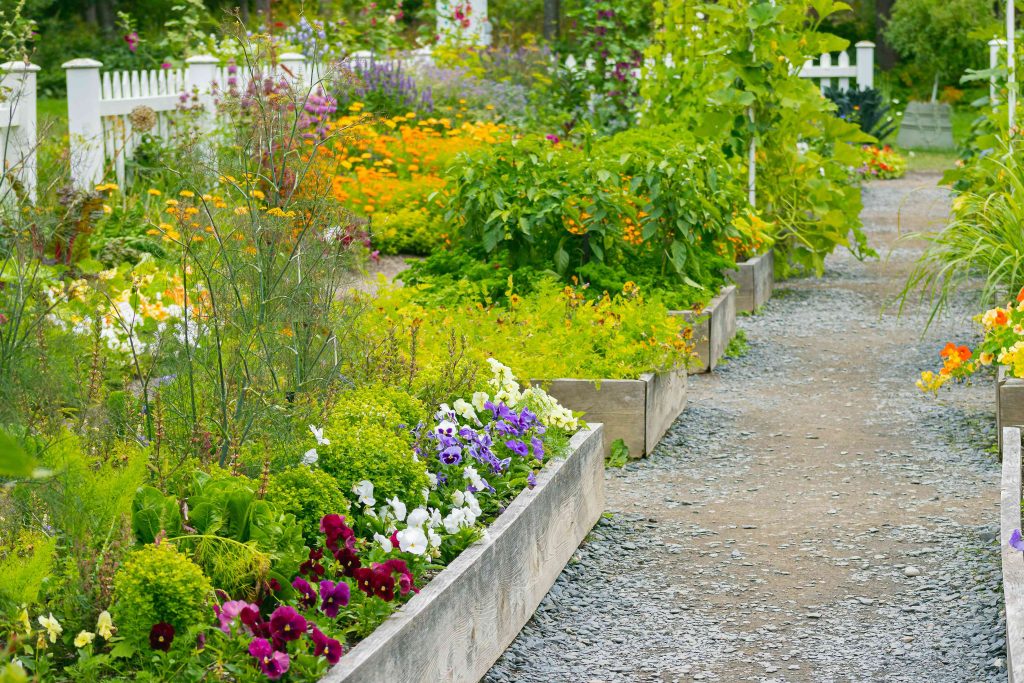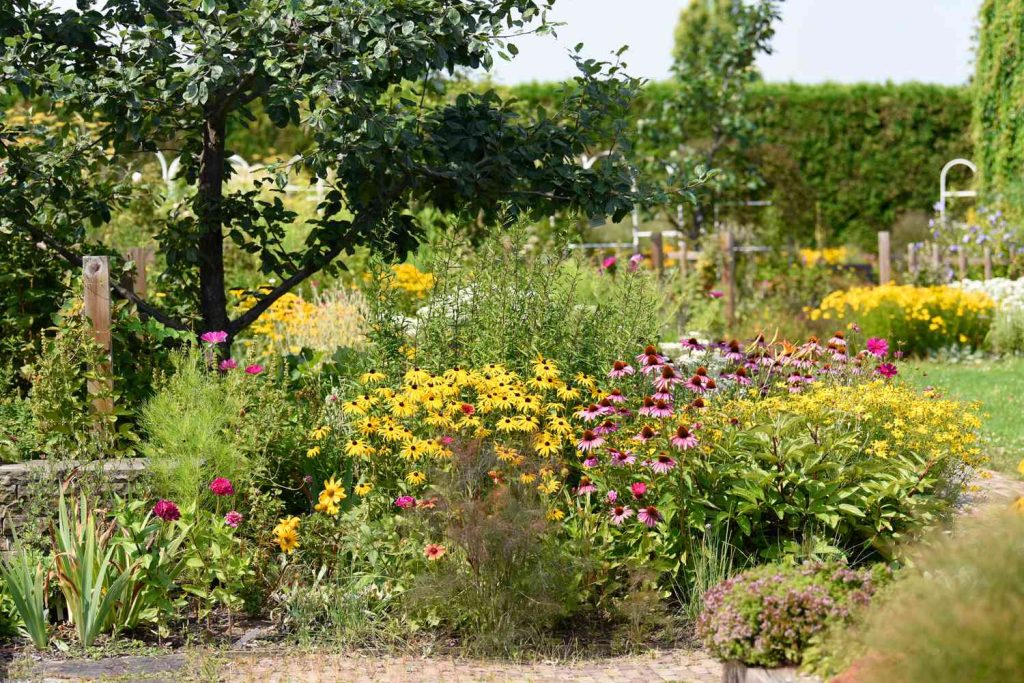Introduction: It’s that time of year again when the sun shines and the leaves change color. And guess what? That means it’s time to start thinking about gardening. Not only will this season bring new challenges, but also a wealth of resources for anyone just starting out. In this guide, we’ll cover the basics of how to get started, from choosing a garden site to planting your seeds—all the way to enjoying your plants and landscaping in no time at all!

How to Get started with gardening.
Gardening is the process of nurturing plants indoors or out and making them grow. Gardeners use a variety of techniques to garden, such as planting, horticulture, and landscape design.
What are the Benefits of Garden Gardening.
The benefits of gardening include:
1) Creating a healthy environment for your plants – gardeners can improve the health and beauty of their plants by hydroponic or aeroponic methods, adding natural light and ventilation, and keeping soil moist.
2) Enhancing wildlife – by providing cover for animals to roam in, gardens can provide a safe haven for them.
3) Helping you with your home improvement projects – by adding flowers, vegetables, or trees to your property, gardeners can make it easier for you to maintain and improve your home.

How to Grow a Garden for Free.
Gardening is the process of growing plants in a garden. It can be done on your own or with help from a garden center. Gardeners use many different techniques to grow plants, including layering, fertilizing, watering, and sun/shade exposure.
There are a few key things you need in order to start gardening for free: some space, some pots or containers, water, and some seeds! You can also get started by using online resources to learn about gardening and find helpful tips and tutorials. Once you have these basics down, it’s easy to start growing your own garden!
How to Get Started with Garden Gardening.
In order to get started in gardening, there are a few important things you will need: access to some kind of ground surface (like dirt or sand), some potting material (such as plastic wrap or ceramic tiles), water (to keep the soil moist), and some seeds! To get started, take a look at our beginner’s guide to gardening for free before beginning any project!

Tips for Successful Garden Gardening.
When starting out, it’s important to have a long-term investment strategy in place. This means saving money and investing wisely over time so you can continue to grow your garden at a low cost. For example, if you want to start a garden for free, it’s best to focus on small, easy-to-grow plants that will likely be replaced by more expensive varieties in the future. By diversifying your investments and planning for potential plant replacements, you can ensure that your garden remains profitable and healthy for years to come.
Diversify Your Investments.
Another great way to save money while gardening is by diversifying your investments. This means buying different types of plants, flowers, trees, etc., so that you have a diverse mix of plants and ingredients available when you need them. Not only will this help you save on costs, but it also gives you the opportunity to try new things and explore different possibilities for growing gardens.
Be Prepared for Volatility.
Keep in mind that even with a well-diversified garden plan, there will always be fluctuations in prices and trends within the gardening world. So be prepared for anything – from high inflation rates to decreased demand from customers – by stocking up on food storage supplies and other items that can help you stay afloat during tough times (like hurricanes).

Conclusion
If you’re interested in gardening, you need to start somewhere. There are many different ways to get started with garden gardening, and there’s no need to be afraid of volatility or financial uncertainty. By having a long-term investment strategy and being prepared for volatility, you can have a successful garden journey. Stay up-to-date on financial news and keep your costs down by diversifying your investments, while staying aware of the latest trends in garden gardening. Finally, be prepared for changes in the market and ensure that your plants are thriving in today’sClimate!





